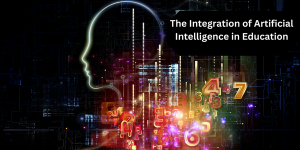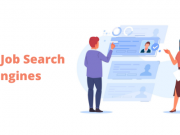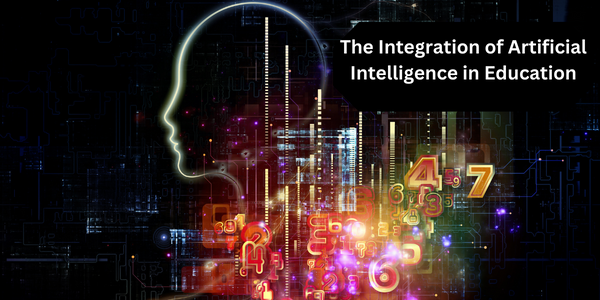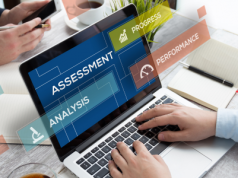 Artificial Intelligence (AI) refers to the ability of machines and computer systems to perform tasks that typically require human intelligence, such as learning, reasoning, problem-solving, perception, and natural language processing. AI involves the use of algorithms, statistical models, and complex data processing techniques to simulate human cognition and decision-making.
Artificial Intelligence (AI) refers to the ability of machines and computer systems to perform tasks that typically require human intelligence, such as learning, reasoning, problem-solving, perception, and natural language processing. AI involves the use of algorithms, statistical models, and complex data processing techniques to simulate human cognition and decision-making.
The integration of Artificial Intelligence (AI) in education has the potential to transform how students learn and how teachers teach. AI can be used to enhance the learning experience by providing personalized learning paths, improving student engagement, and automating administrative tasks.
Here are some examples of how AI can be used in education:
Personalized learning: AI can analyze student data and provide personalized learning experiences based on the individual needs and learning styles of each student. This can help to improve student outcomes and reduce the achievement gap.
Intelligent tutoring: AI-powered tutoring systems can provide individualized feedback and support to students, helping them to master complex concepts and improve their performance.
Adaptive assessments: AI can be used to create adaptive assessments that adjust the difficulty level of questions based on the student’s responses. This can provide a more accurate assessment of a student’s knowledge and skills.
Virtual assistants: AI-powered virtual assistants can help students with administrative tasks such as scheduling, homework reminders, and answering questions about course materials.
Grading and feedback: AI can be used to grade assignments and provide feedback to students. This can save teachers time and ensure that grading is consistent and fair.
Predictive analytics: AI can analyze student data to predict which students are at risk of falling behind or dropping out. This can help teachers to provide early intervention and support to these students.
Overall, the integration of AI in education has the potential to transform the way we teach and learn, making education more personalized, engaging, and effective. However, it is important to ensure that the use of AI in education is ethical, transparent, and respects student privacy.
Also Read: Prepare for a Job Interview with Mock AI
FAQs
Q1: What is Artificial Intelligence (AI)?
Ans: Artificial Intelligence refers to the ability of computer systems to perform tasks that would normally require human intelligence, such as recognizing speech, making decisions, and learning from experience.
Q2: How can AI be integrated into education?
Ans: AI can be integrated into education in several ways, such as personalized learning, intelligent tutoring systems, adaptive assessments, and automated grading and feedback.
Q3: What is personalized learning?
Ans: Personalized learning involves using AI algorithms to tailor educational content to the needs and preferences of individual learners. This can include adapting the pace of instruction, selecting appropriate resources, and providing targeted feedback.
Q4: What are intelligent tutoring systems?
Ans: Intelligent tutoring systems are AI-based software applications that provide customized instruction and feedback to individual learners. These systems use data analysis to identify areas where a student needs additional help and then provide targeted instruction and feedback to help them master the material.
Q5: What are adaptive assessments?
Ans: Adaptive assessments use AI algorithms to adjust the difficulty of questions based on a student’s performance. This can provide a more accurate measure of a student’s knowledge and skills, as well as identify areas where they need additional help.
Q6: What are the potential benefits of integrating AI in education?
Ans: The integration of AI in education has the potential to improve student outcomes, increase the efficiency and effectiveness of instruction, and provide more personalized and engaging learning experiences.
Q7: Are there any potential drawbacks to integrating AI into education?
Ans: Some potential drawbacks of integrating AI in education include concerns about data privacy and security, the potential for bias in AI algorithms, and the possibility that AI may replace human teachers or reduce the need for human interaction in the classroom.


























